Optimal Seasons for Foundation Repairs
Foundation repairs are most effective when performed during specific seasonal conditions. Optimal timing depends on factors such as weather patterns, ground moisture levels, and soil stability. Proper planning ensures that repairs are durable and long-lasting, reducing the risk of future issues.
Spring offers moderate temperatures and soil moisture, making it suitable for foundation repairs. However, heavy rains can sometimes delay work.
Dry summer conditions allow for efficient repairs, but excessive heat can pose challenges for certain repair methods.
Fall provides cooler temperatures and stable ground conditions, ideal for foundation work before winter.
Winter is generally less suitable due to frozen ground and harsh weather, which can hinder repair processes.
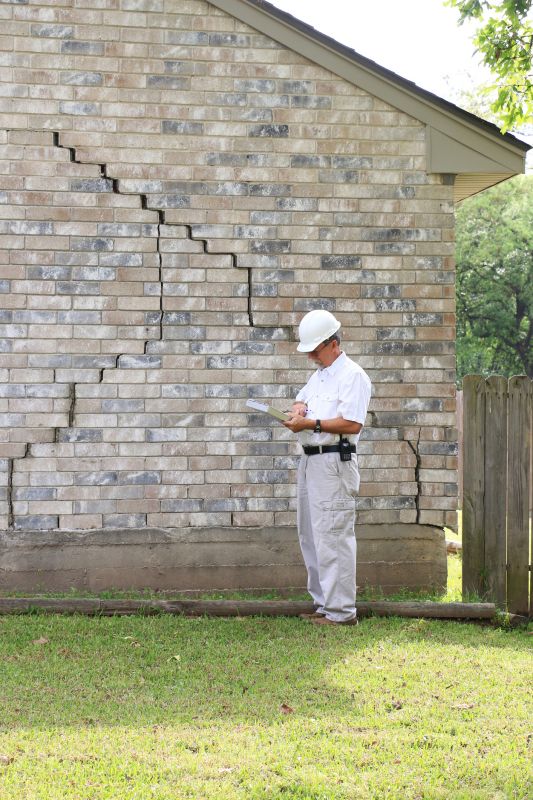
Visual assessment of foundation issues typically occurs during dry, stable weather.

Soil conditions are most predictable during moderate seasons, aiding effective stabilization.
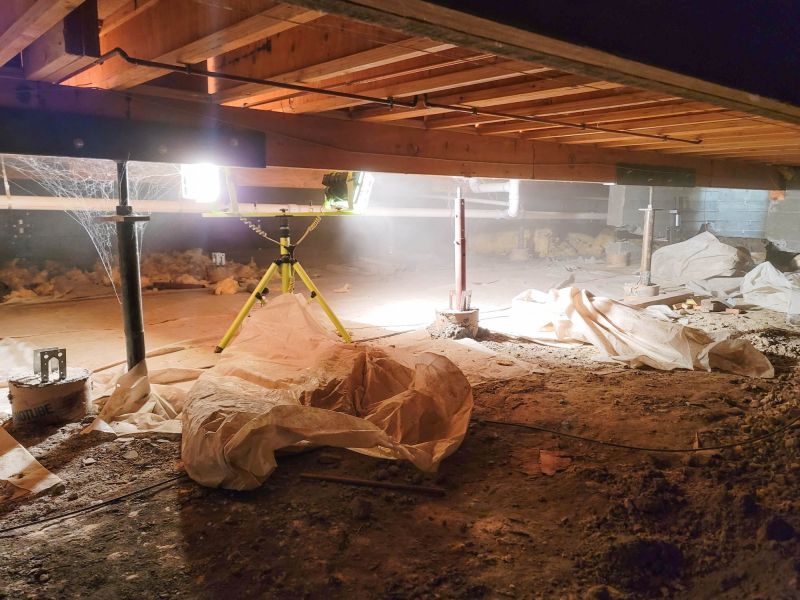
Optimal temperatures ensure machinery operates efficiently during foundation work.

Ways to make Foundation Repairs work in tight or awkward layouts.
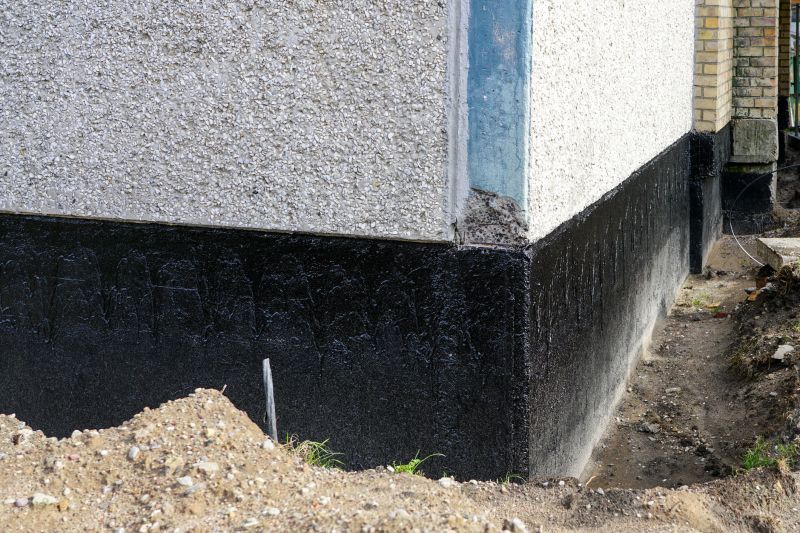
Popular materials for Foundation Repairs and why they hold up over time.
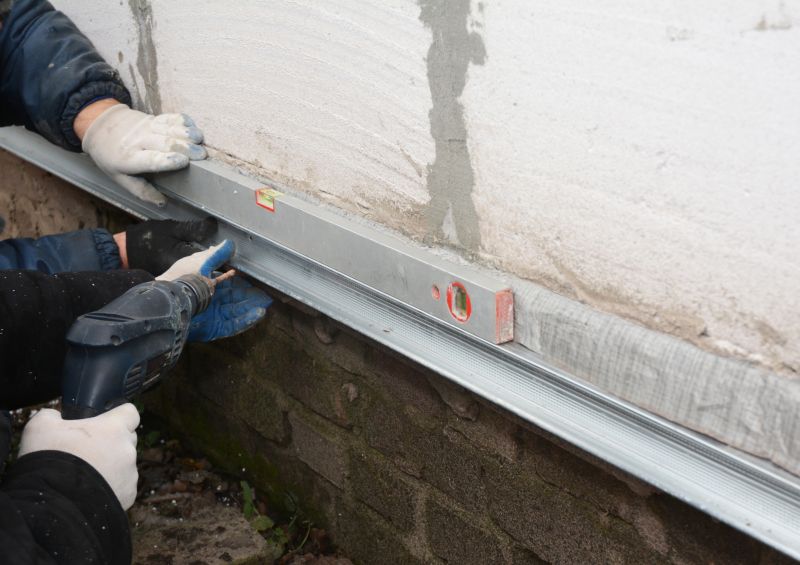
Simple add-ons that improve Foundation Repairs without blowing the budget.

High-end options that actually feel worth it for Foundation Repairs.
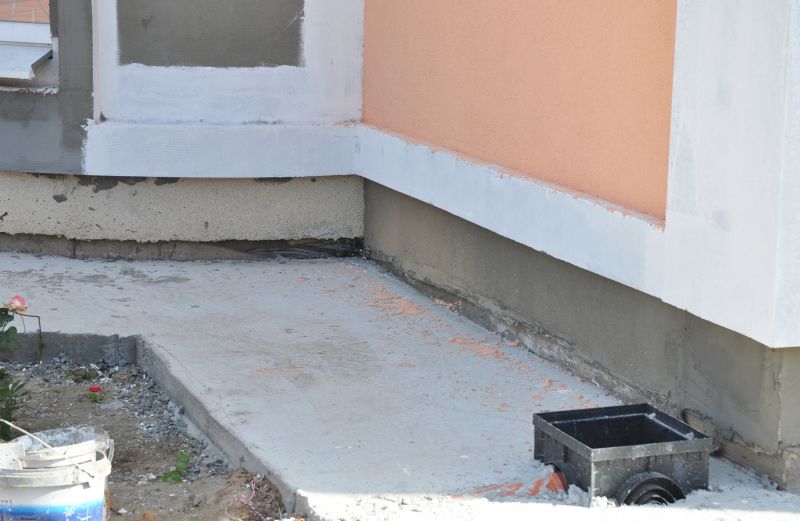
Finishes and colors that play nicely with Foundation Repairs.
Foundation repairs are critical for maintaining structural integrity and preventing further damage to a property. Common issues include settling, cracking, and shifting caused by soil movement, moisture fluctuations, or poor initial construction. Addressing these problems promptly can prevent costly repairs later and extend the lifespan of the building.
Statistics indicate that foundation problems affect a significant portion of residential properties, with some estimates suggesting that up to 25% of homes experience related issues at some point. Proper timing for repairs ensures that work is performed under conditions conducive to lasting results, minimizing future disruptions and expenses.
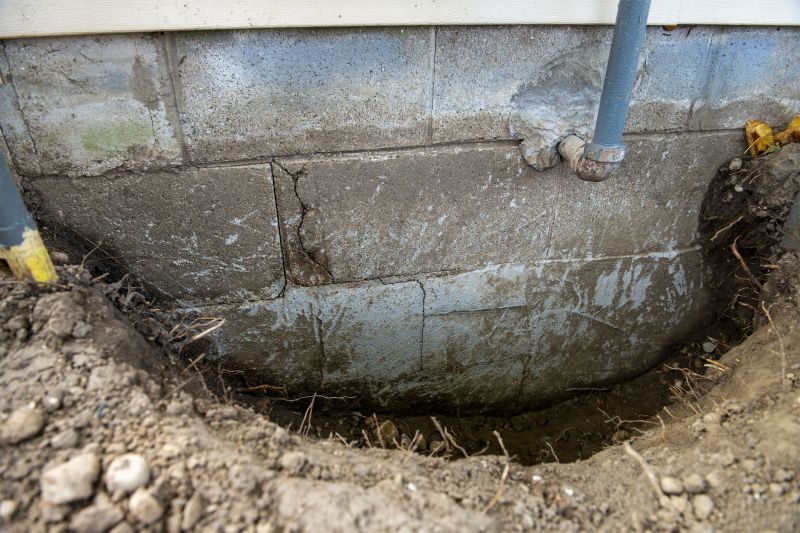
Cracks often appear due to soil movement and are best repaired during stable ground conditions.

Settlement issues are more predictable in moderate weather, allowing for effective stabilization.
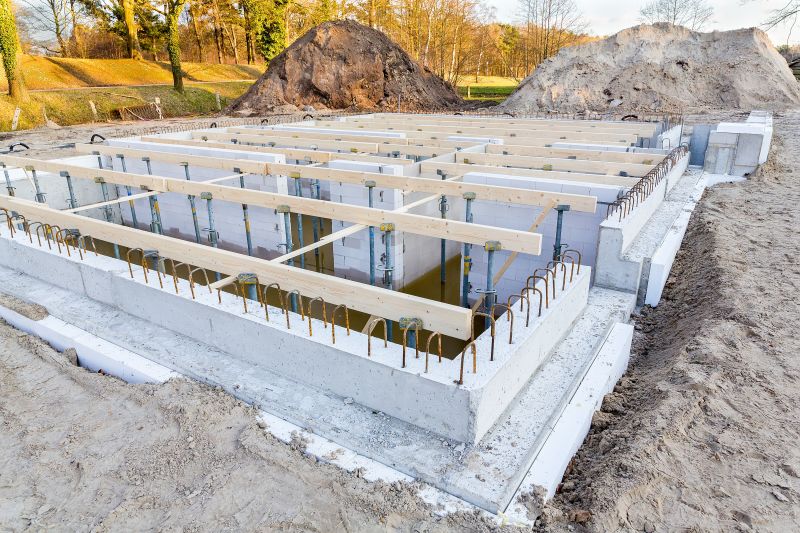
Pier installation is most efficient during dry, mild seasons, ensuring proper setting.
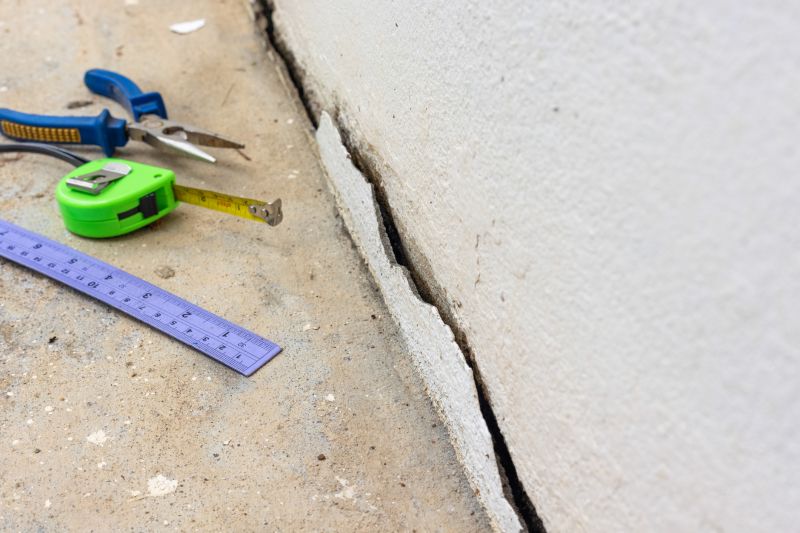
Little measurements that prevent headaches on Foundation Repairs day.
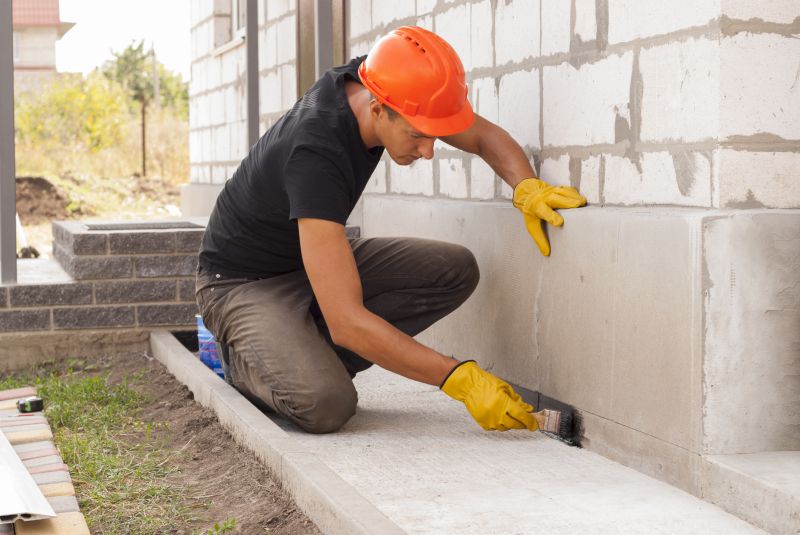
A 60-second routine that keeps Foundation Repairs looking new.
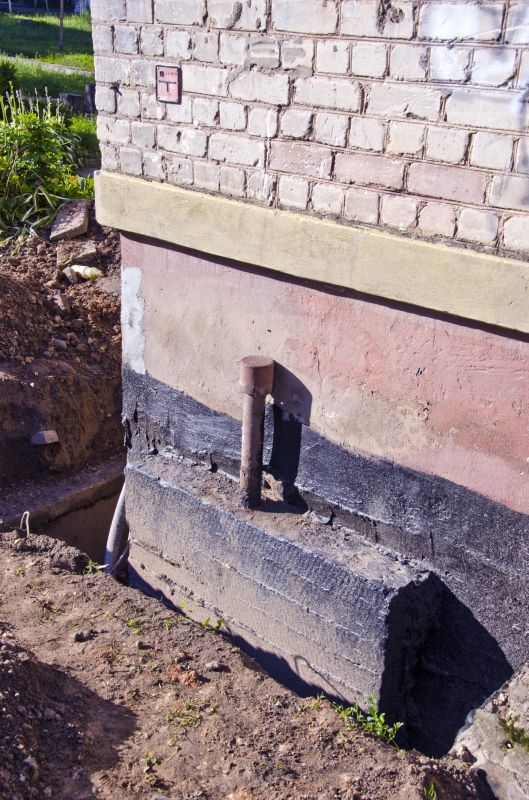
A frequent mistake in Foundation Repairs and how to dodge it.
| Season | Ideal Conditions |
|---|---|
| Spring | Moderate temperatures with moist soil |
| Summer | Dry weather with manageable heat |
| Fall | Cool temperatures with stable ground |
| Winter | Frozen ground and adverse weather |
Timing foundation repairs appropriately enhances their effectiveness and longevity. Consulting with foundation specialists can help determine the best window for specific repair needs based on local climate and soil conditions.
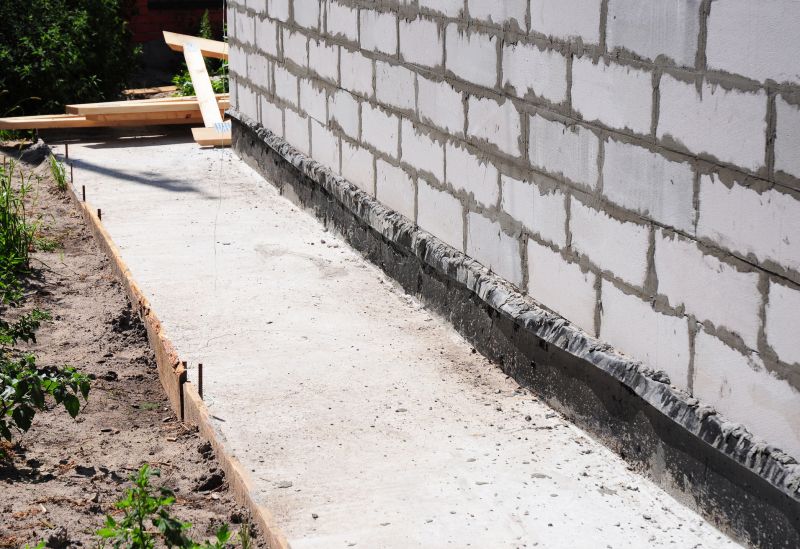
Step-by-step procedures are planned during optimal weather for maximum durability.
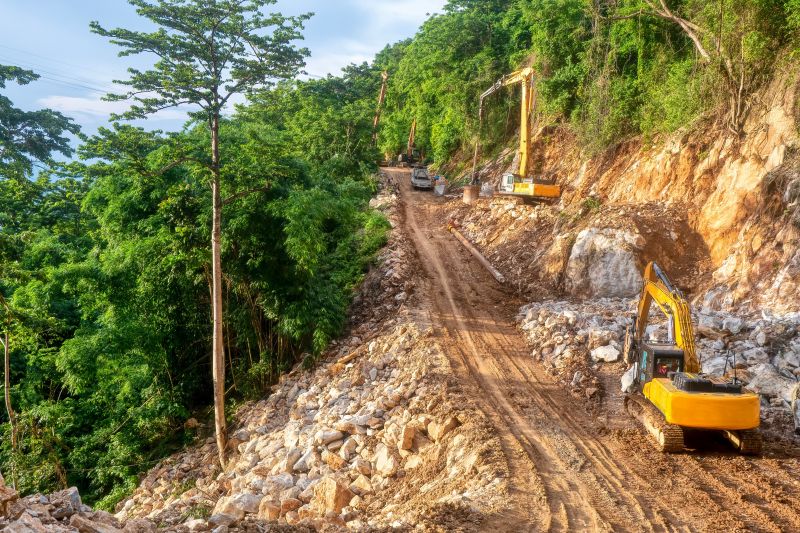
Equipment operates best under suitable temperature and moisture levels.

Results are most durable when repairs are performed during favorable conditions.
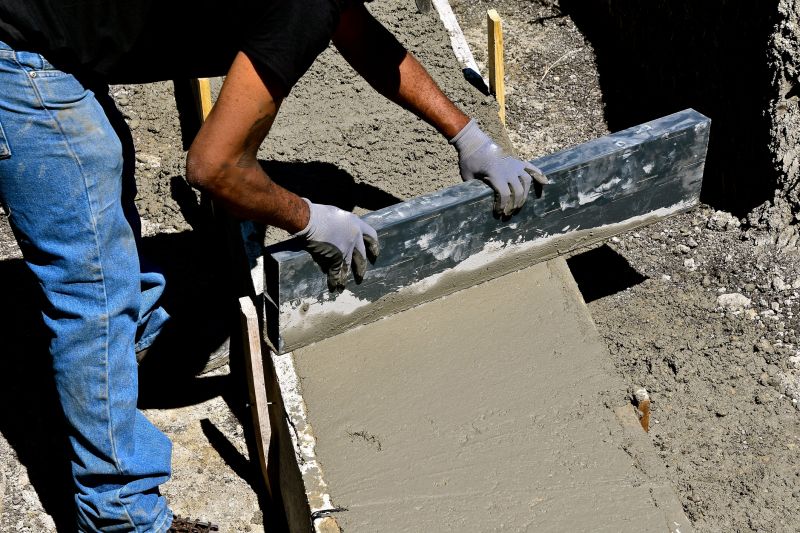
Proper scheduling minimizes delays and ensures quality work.
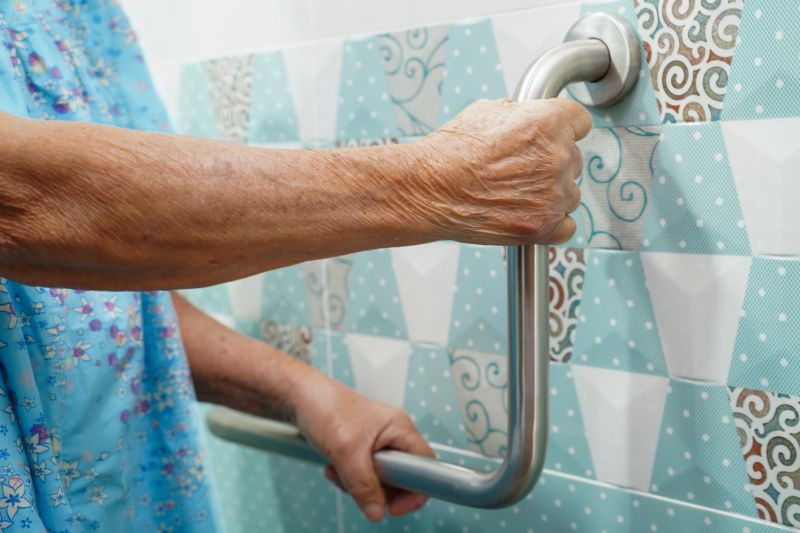
Small tweaks to make Foundation Repairs safer and easier to use.
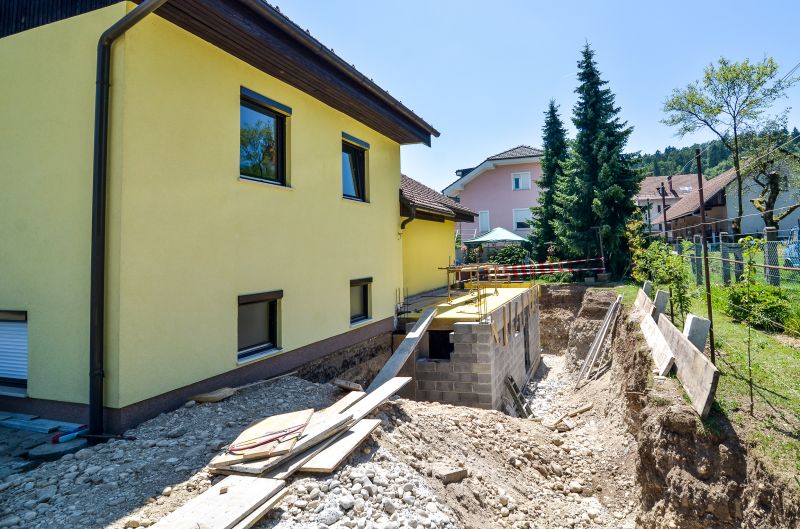
Lower-waste or water-saving choices for Foundation Repairs.
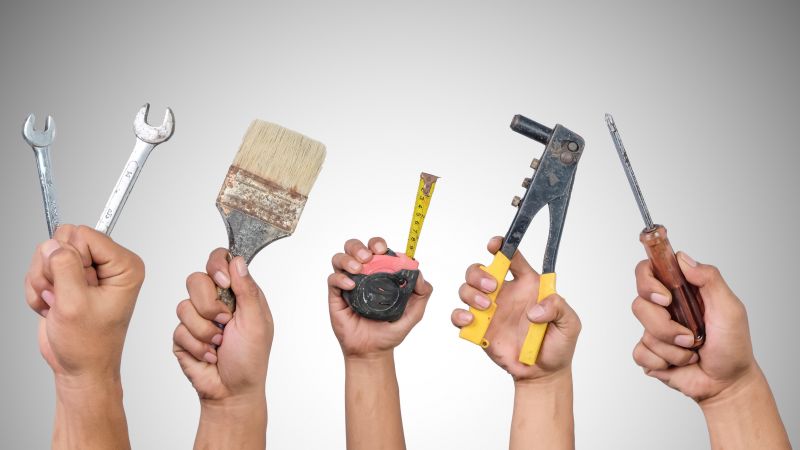
The short, realistic tool list for quality Foundation Repairs.

Rough timing from prep to clean-up for Foundation Repairs.
Interested property owners in Sheffield Lake, OH, can consider scheduling foundation repairs during the most suitable seasons to ensure long-lasting results. Proper timing, combined with professional assessment, can help maintain structural stability and property value.


